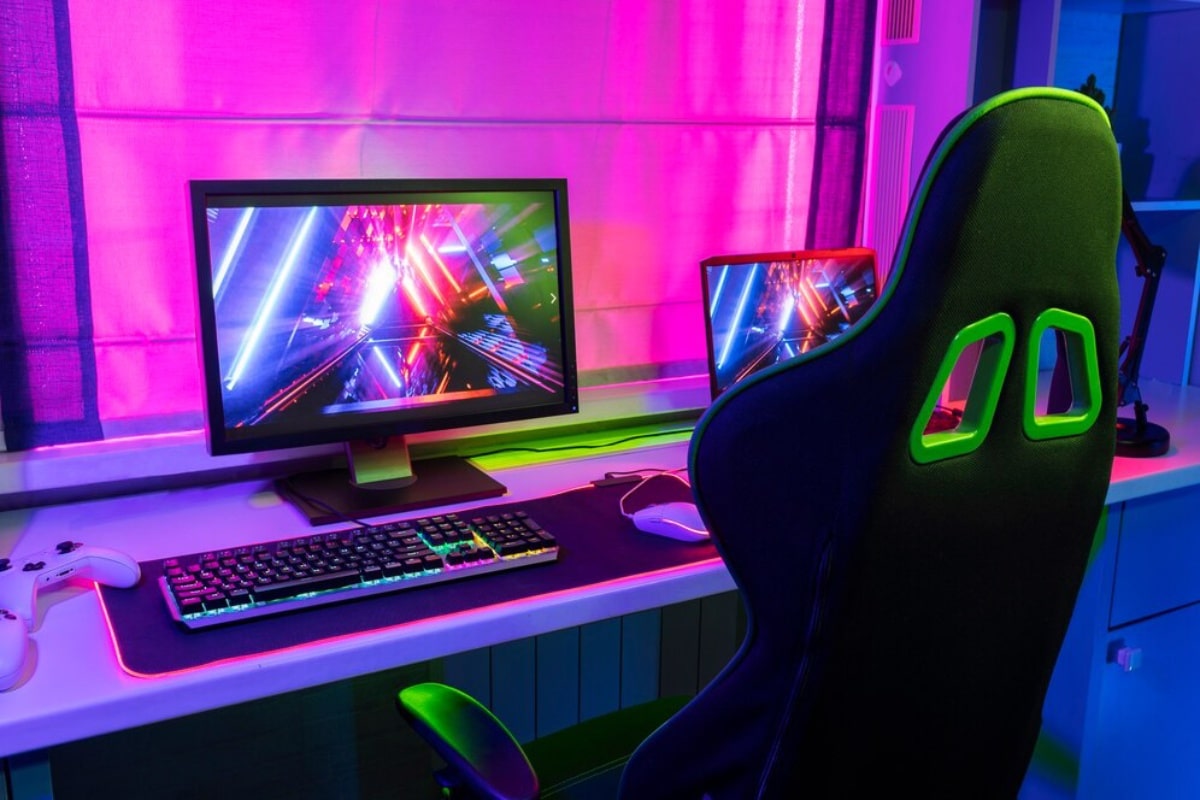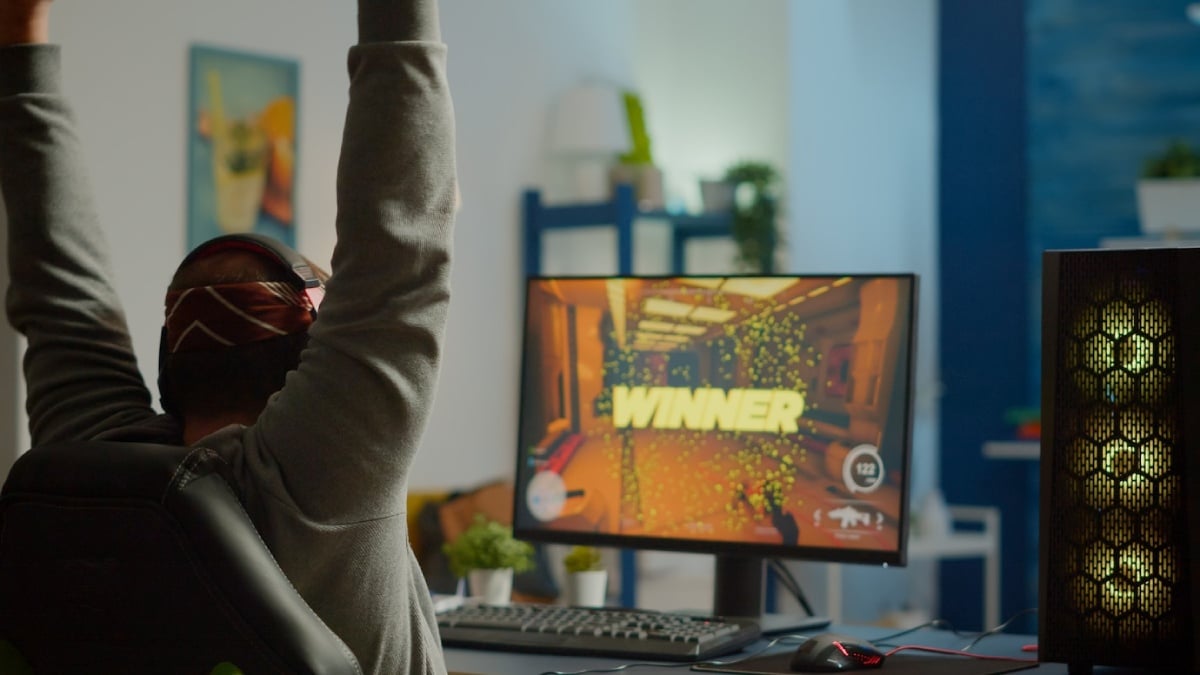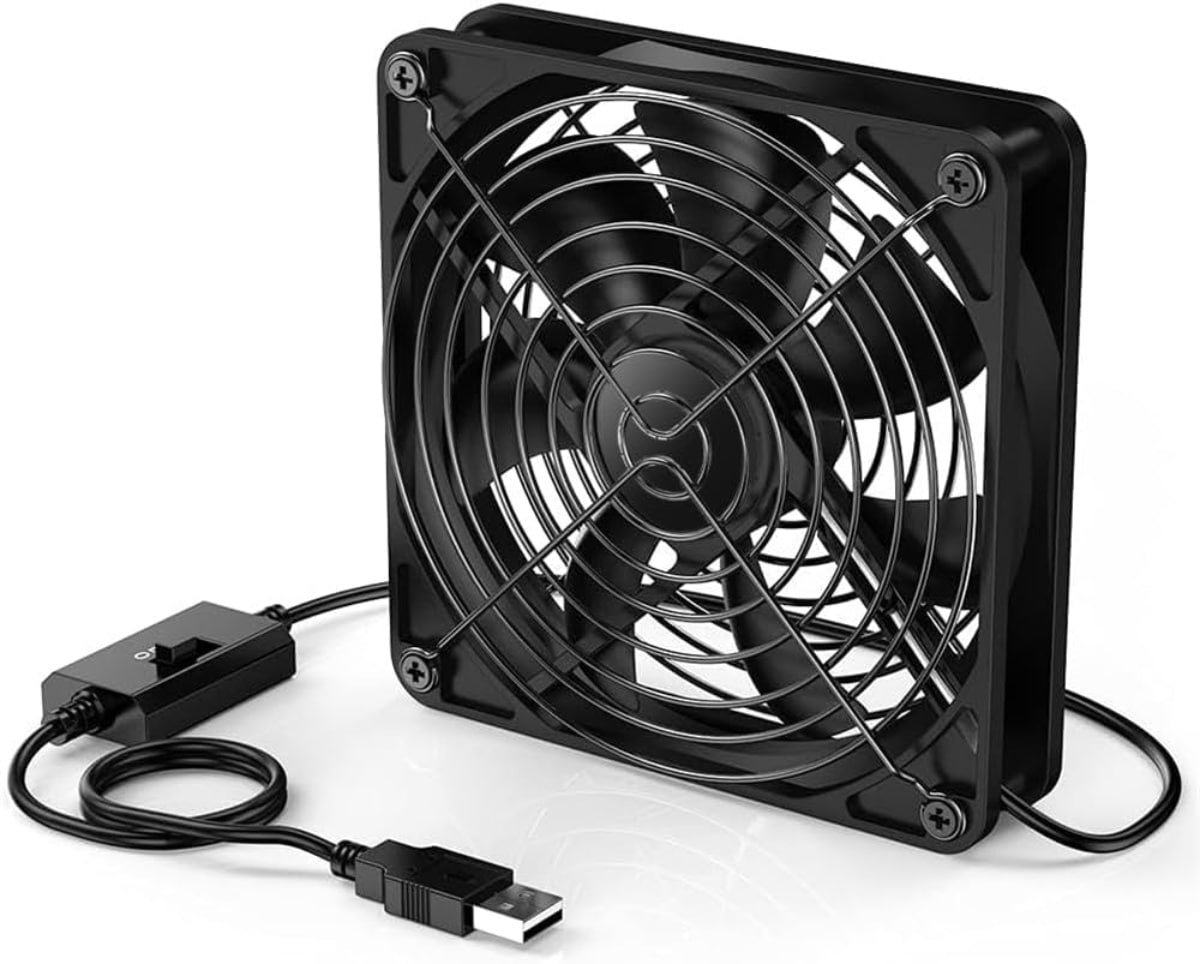
Best External Fans for Gaming PCs: Upgrade Your Airflow and Stay Cool Under Pressure
You’re halfway through an intense match — your fingers are flying, adrenaline’s pumping… and then you notice it. The fans inside your rig are screaming like a jet engine, your frame rates start to dip, and your palms start sweating — not from nerves, but because your PC is about to combust.
Sound familiar?
Modern gaming PCs are built to perform, but high-end CPUs and GPUs can produce much heat, especially during marathon sessions. That’s where external fans for gaming step in. They’re often the unsung heroes of temperature control, giving your system an extra breath of fresh air to stay cool, efficient, and silent.
In this comprehensive guide, we’ll explore the best external fans available today. We will explain how they work, what to look for, and how they fit into your overall strategy for improving gaming airflow.
Why External Fans Matter in PC Gaming
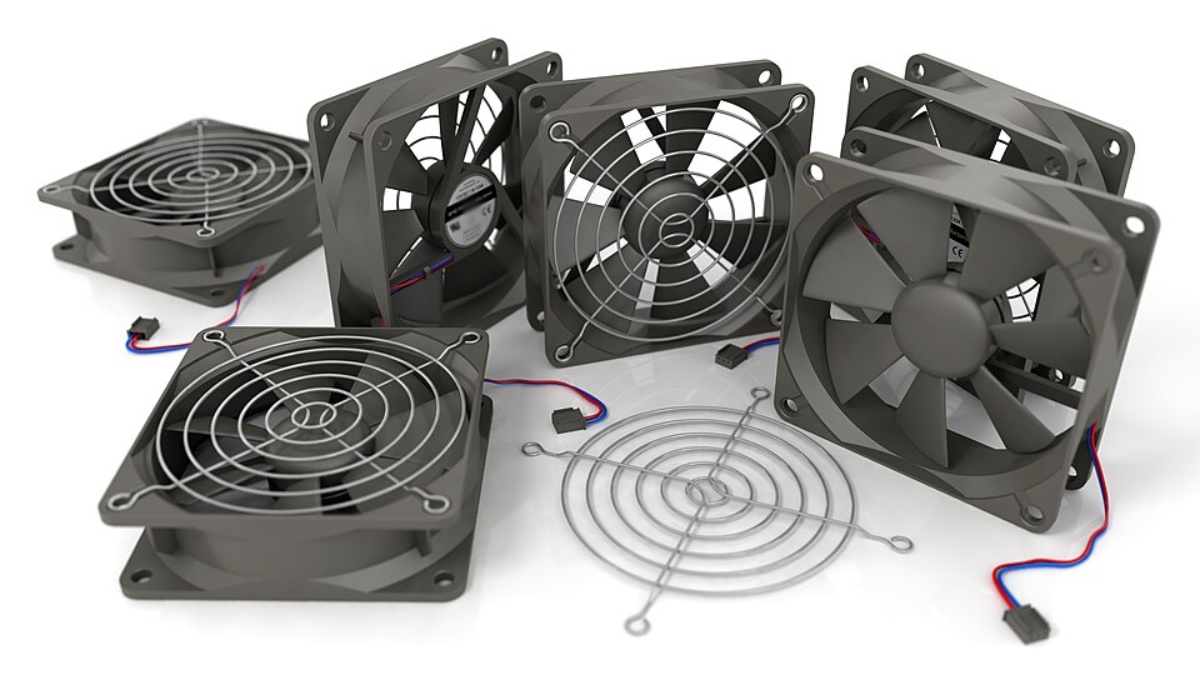
Internal Cooling Isn’t Always Enough
Even with the best in-case airflow and water cooling, your components can still overheat, particularly during:
- Prolonged gaming sessions
- Hot summer days
- Overclocking runs
- Streaming and gaming simultaneously
While your case fans and CPU/GPU coolers handle the core heat, external fans add an extra layer of defence. They enhance ambient airflow, reduce heat buildup around your rig, and lower surface temperatures on key components.
Think of them like an electric fan next to a runner. The runner can sweat and cool naturally, but that extra breeze makes the effort much more manageable.
A Real-World Example
Alex, a PC builder from Brighton, recalls:
“My RTX 4080 was hitting 85°C during heavy gaming. After placing a USB-powered external fan angled at the GPU and intake area, I consistently saw temps drop by 5–7°C. It cost me less than a takeaway.”
It’s minor tweaks like these that make a big difference.
How External Fans Work
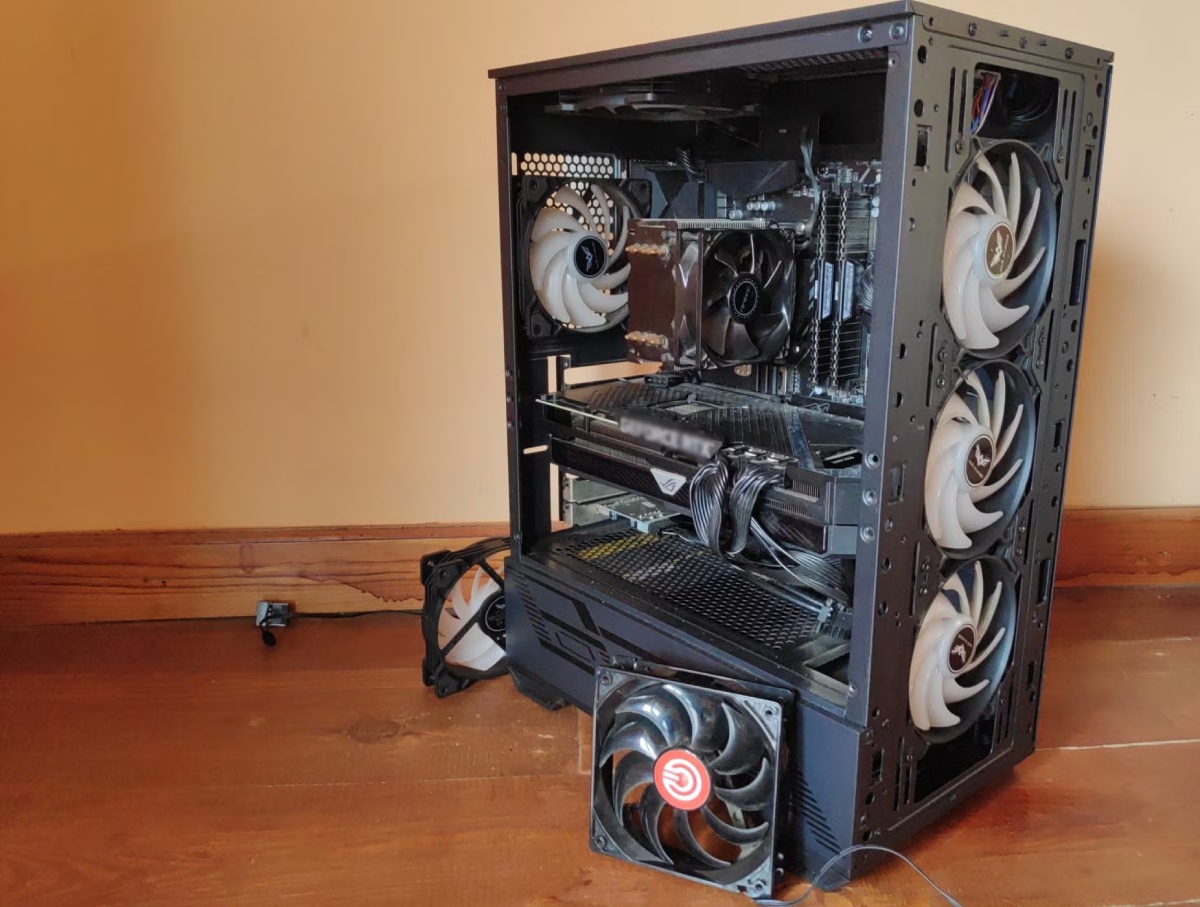
External fans are positioned outside your PC case, pointing at open mesh areas, exhaust zones, or intake vents. They work with internal fans to move hot air away from your machine and introduce cooler ambient air.
Types of external cooling setups include:
- USB-powered desk fans placed next to open panels
- Floor-standing or clip-on fans for high-output airflow
- Cooling docks or base stands for compact PCs or consoles
- Modular fan walls or towers for custom setups
They’re handy for open-air cases, systems with poor ventilation, or desks that trap heat.
What to Look For in a Good External Fan for Gaming
Before we jump into recommendations, here are the top factors to consider when shopping for PC cooling accessories:
1. Airflow (CFM)
CFM (cubic feet per minute) indicates how much air the fan moves. Higher CFM = better cooling.
- Low CFM (20–40): Suitable for small spaces or surface cooling
- Medium CFM (50–70): Good for directed airflow
- High CFM (80+): Ideal for serious heat dispersion
2. Fan Size
Larger fans (120mm–200mm) generally push more air with less noise, while smaller ones are more compact but often louder at higher speeds.
3. Noise Level
Measured in decibels (dB). Aim for under 30 dB for near-silent operation. Anything over 40 dB may become noticeable in quiet environments.
4. Mounting Options
Do you want a fan that clips to your desk, sits beside your PC, or mounts to a wall? Flexibility matters.
5. Power Source
Most external fans are USB-powered, but some plug into the mains for higher output. Consider your available ports and power setup.
Best External Fans for Gaming (2025 Picks)
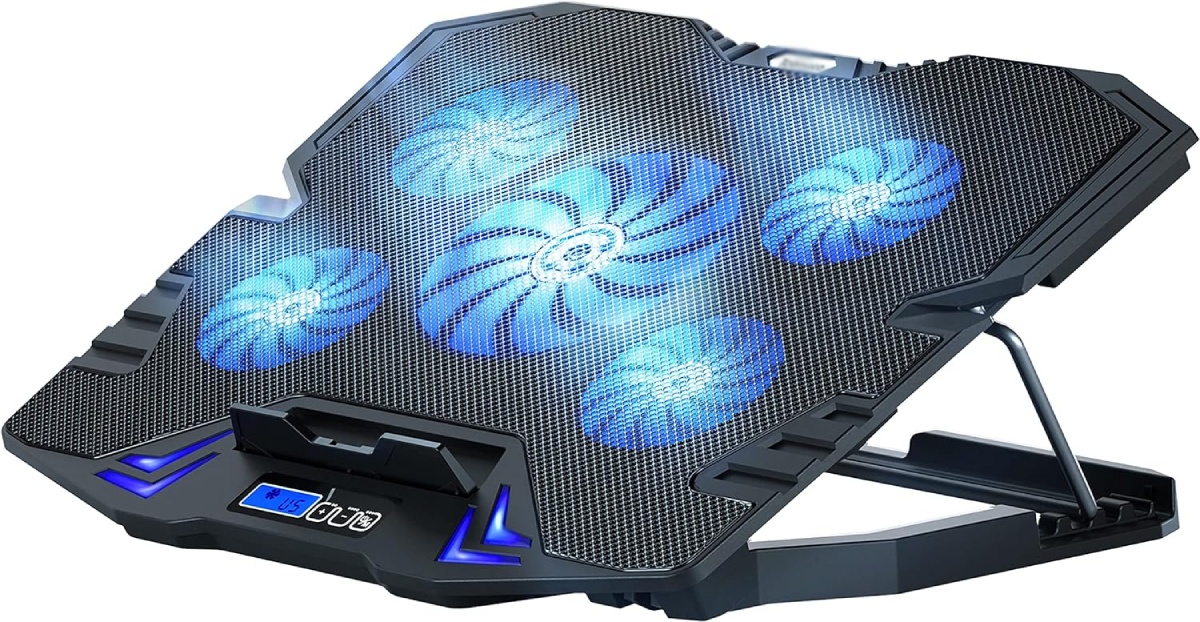
After testing, reviews, and user feedback, here are the best options on the market today:
1. AC Infinity MULTIFAN S7
Type: USB-powered dual fan
Airflow: 52 CFM per fan
Noise: ~19 dB
Mounting: Flat base
Why It’s Great: Designed for AV cabinets and laptops, but perfect for side-mounted airflow. Silent, reliable, and daisy-chainable.
Ideal For: Gamers looking for a whisper-quiet solution to move air across intake areas gently.
User Insight: Lina, a Twitch streamer, says:
“I place this next to my case’s side panel, and it keeps the whole setup quieter and cooler.”
2. Honeywell HT-900 TurboForce Fan
Type: Mains-powered desk fan
Airflow: High (90+ CFM)
Noise: Moderate
Mounting: Desk or wall
Why It’s Great: Not specifically a PC accessory, but hugely popular with gamers. Packs a punch in airflow while staying compact.
Ideal For: Anyone with a desk corner that traps heat.
Bonus: It can be used year-round to cool your workspace as well.
3. Thermaltake Mobile Fan II External USB
Type: Portable USB fan
Airflow: Adjustable
Noise: Low
Extras: Fan speed control knob
Why It’s Great: It’s compact and travel-friendly, great for gamers on the go or small setups, and easy to angle and direct.
Watch Out For: It’s small, so don’t expect it to cool entire cases, but it’s perfect for spot cooling.
4. Cooler Master NotePal U3 PLUS
Type: Laptop cooler / external pad
Fans: 3 adjustable 80mm fans
Surface: Aluminium mesh
Why It’s Great: Designed for laptops but works wonders when placed under small-form PCs or consoles.
Pro Tip: Use it as a base for compact PC builds, especially in warmer climates.
5. Vornado 460 Air Circulator
Type: High-end desk fan
Airflow: Powerful vortex airflow
Noise: Moderate
Build: Industrial-grade design
Why It’s Great: It moves a lot of air throughout the room, helping reduce ambient heat levels around your rig.
Ideal For: Gamers with complete setups or multi-monitor rigs where heat tends to linger.
Tips for Optimising External Cooling
Buying an external fan isn’t enough — how and where you use it make all the difference.
Strategic Fan Placement
- Aim fans at intake areas (usually front or bottom of the case)
- Avoid blowing air directly at exhaust vents — you’ll disrupt internal airflow
- If your case has mesh panels, target those to assist passive airflow
Use in Combination with Internal Cooling
Pair external fans with smart internal fan curves. Use software like MSI Afterburner or BIOS-level control to create fan profiles that respond to system temps.
Keep the Environment Cool
External fans can’t help much if your room is boiling.
- Close curtains during peak sun hours
- Run a ceiling fan or desk fan to circulate air
- Avoid placing your PC near heat sources (radiators, sunny windows)
Do External Fans Lower Temps?
Yes, especially in poorly ventilated rooms or compact setups.
Expected Benefits:
- 3–10°C drop in CPU or GPU temps (depending on usage and placement)
- Reduced thermal throttling
- Lower fan RPMs = quieter operation
- Extended component lifespan due to improved thermal management
Caveat: Results vary based on your case airflow, component placement, and environment.
Conclusion: Let Your Gaming Rig Breathe
Gaming PCs generate heat — that’s just physics. But excessive heat? That’s avoidable. With an innovative approach to airflow and the right PC cooling accessories, you can improve gaming airflow, reduce system stress, and keep your frame rates steady and your components safe.
Whether playing AAA titles at 144Hz, streaming live, or editing content on the side, an external fan could be the upgrade you didn’t know you needed.
Next steps:
- Evaluate your current airflow — check if your temps are higher than they should be
- Try placing a USB-powered fan next to your intake mesh
- Share this guide with your gaming group — someone’s GPU is probably begging for air
